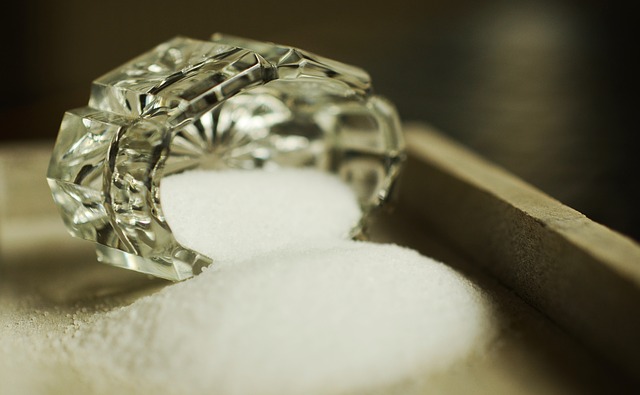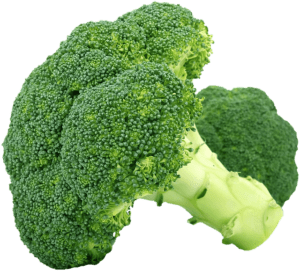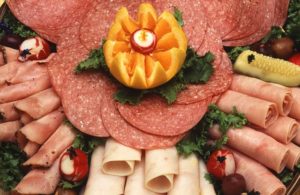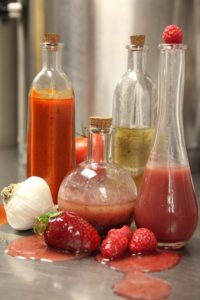In a previous article – Don’t “Pass the Salt, Please” we looked at how much salt your body needs per day and the consequences of consuming too much salt.

Now lets take a look at what foods are high in sodium and give you 10 tips on how to reduce the amount of salt in your diet.
What foods have salt naturally in them?
All foods have a certain level of salt that occurs naturally in them.
The highest ranking any vegetable achieves is “low sodium.” To be classified as low sodium it means per (approximately) 50 grams, the vegetable contains less than 140 mg of salt.
 Vegetables that fit in this category are: artichokes; bell peppers; broccoli; carrots; celery; radishes; and sweet potatoes. Other vegetables are classified as “very low sodium” which means they contain less than 35 mg per 50 grams or “sodium free” which means that per approximately 50 grams they contain 5 mg or less.
Vegetables that fit in this category are: artichokes; bell peppers; broccoli; carrots; celery; radishes; and sweet potatoes. Other vegetables are classified as “very low sodium” which means they contain less than 35 mg per 50 grams or “sodium free” which means that per approximately 50 grams they contain 5 mg or less.
Most fruits fall in the “sodium free” category.
As for fresh meat, 80 grams of cooked lean beef, pork, veal, poultry, or raw king salmon all contain between 48 mg -70 mg of sodium. As mentioned in Part One, the recommended daily requirement, for most people, as set out by the federal government is 2,300 mg.
The bottom line is that the salt level that occurs naturally in food is not a huge issue.
80% of the sodium in most people’s diets comes from processed, restaurant and fast food.
What foods are high in sodium?
 Some of the worst offenders are processed meats, such as sausage, bacon and luncheon meats. For instance, three slices of lean ham has 1,025 mg of sodium, which is almost half of our daily recommended intake.
Some of the worst offenders are processed meats, such as sausage, bacon and luncheon meats. For instance, three slices of lean ham has 1,025 mg of sodium, which is almost half of our daily recommended intake.
Canned vegetables, canned soup, canned tomato-type products tend to be high in sodium. One cup of canned soup will have anywhere from 600 to 1,300 mg of sodium.
As for frozen dinners, they generally contain anywhere from 500 to up to 1,600 mg of sodium per dinner. Pretzels may have up to 700 mg of sodium per quarter cup. Pickled products and sauces you cook with can be high in salt as well.
The five top processed food sources of sodium are bread and rolls, cold cuts and cured meats, pizza, poultry, and soups.
10 Tips on how to reduce the amount of salt in your daily diet…
1) Be mindful of how much salt you’re ingesting per day and adjust if necessary – Nutritionist Leslie Beck stresses “You really have to watch if you’re having a high-salt food. You’ve got to watch what you do for the rest of the day.”
2) Read the labels of the food product you buy – Beck recommends to “choose food products that list no more than 20 per cent of the daily value as sodium.” She adds, “You’re looking for things like low-sodium, low in salt, sodium-free and basically low in sodium, low in salt means that there will be 50 per cent less sodium there as in the original product.”
3) Avoid foods with labels – Instead eat real food like fruits, vegetables and legumes.
4) Buy foods “without added salt” – Choose fresh, frozen or canned food items without added salts.
5) Look for food items that are unsalted – Buy unsalted nuts. Choose unsalted, fat-free broths, bouillons or soups.
6) Avoid salty snacks – There are many delicious and addicting snacks (chips and pretzels for example) that are extremely high in salt. Avoid them or eat them in extreme moderation.
7) Season your foods with herbs and spices instead of salt – It’s pretty much second nature to reach for the salt shaker to liven up our food. Why not break the habit and use herbs and spices instead?
8)  When dining out, ask for salad dressing and sauces on the side – This way you can determine for yourself the amount you eat. Dining in or out, limit high salt condiments such as soy sauce, pickles and olives.
When dining out, ask for salad dressing and sauces on the side – This way you can determine for yourself the amount you eat. Dining in or out, limit high salt condiments such as soy sauce, pickles and olives.
9) When dining out, ask for information on calories, fat, and sodium – If you have the nerve, ask the server if it’s possible to have your meal prepared without salt.
10) Cook more – Base your meals on fresh and whole foods that you cook yourself. Shy away from the processed “warm-and-serve” products that tend to be loaded with sodium.
The health consequences of consistently consuming too much salt can be devastating with hypertension topping the list. Hypertension, of course, may lead to a sudden heart attack or stroke.
Be mindful of your consumption and eat a more natural (i.e. unprocessed) diet and you’ll live a longer, healthier, happier life.
